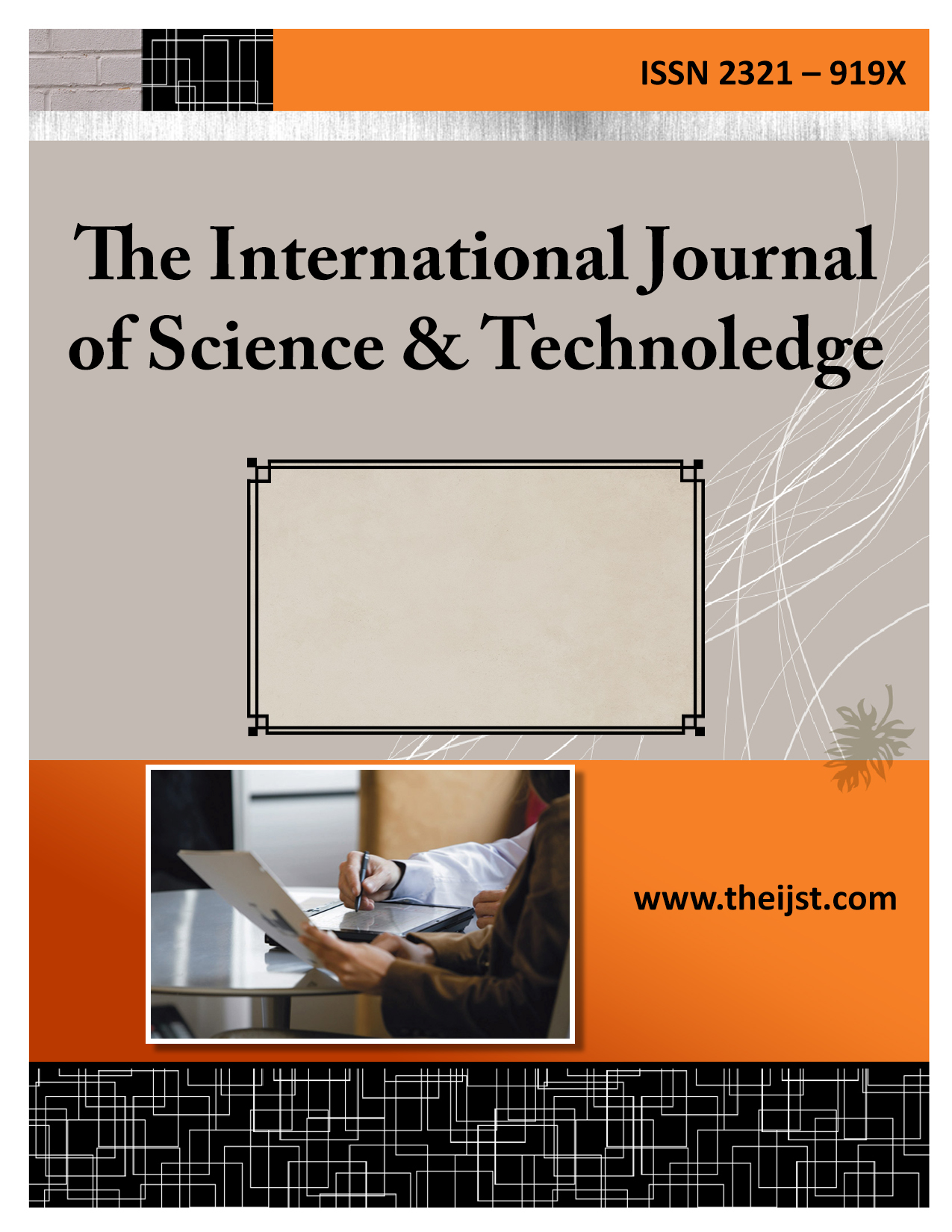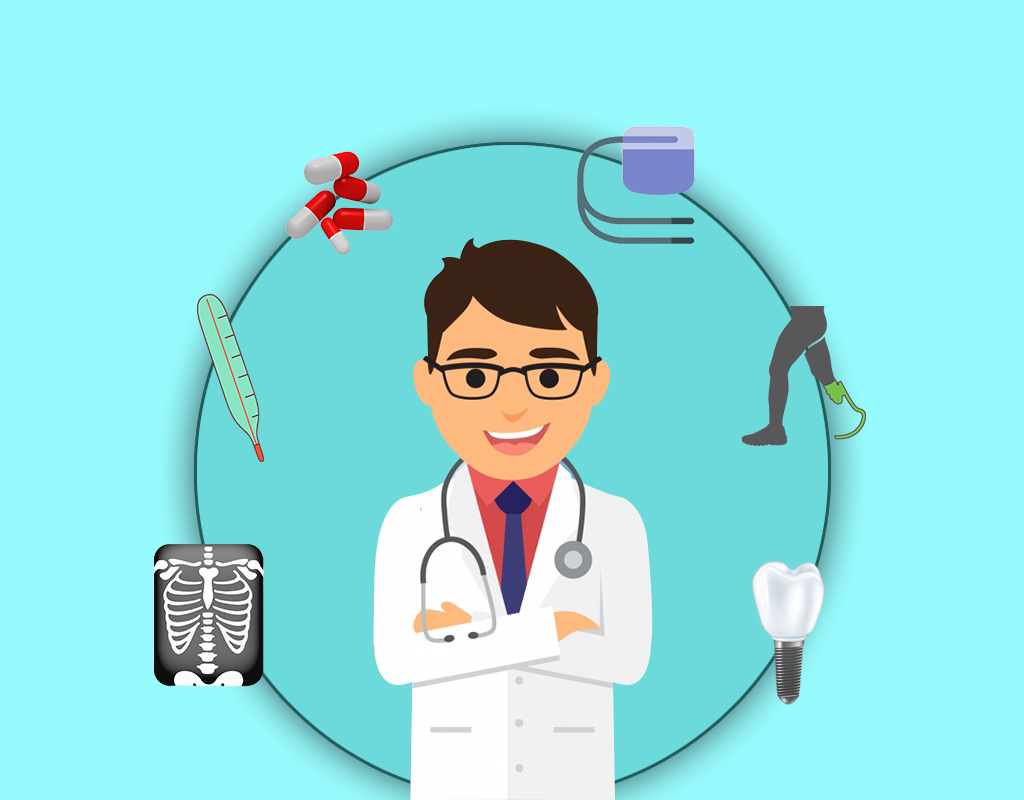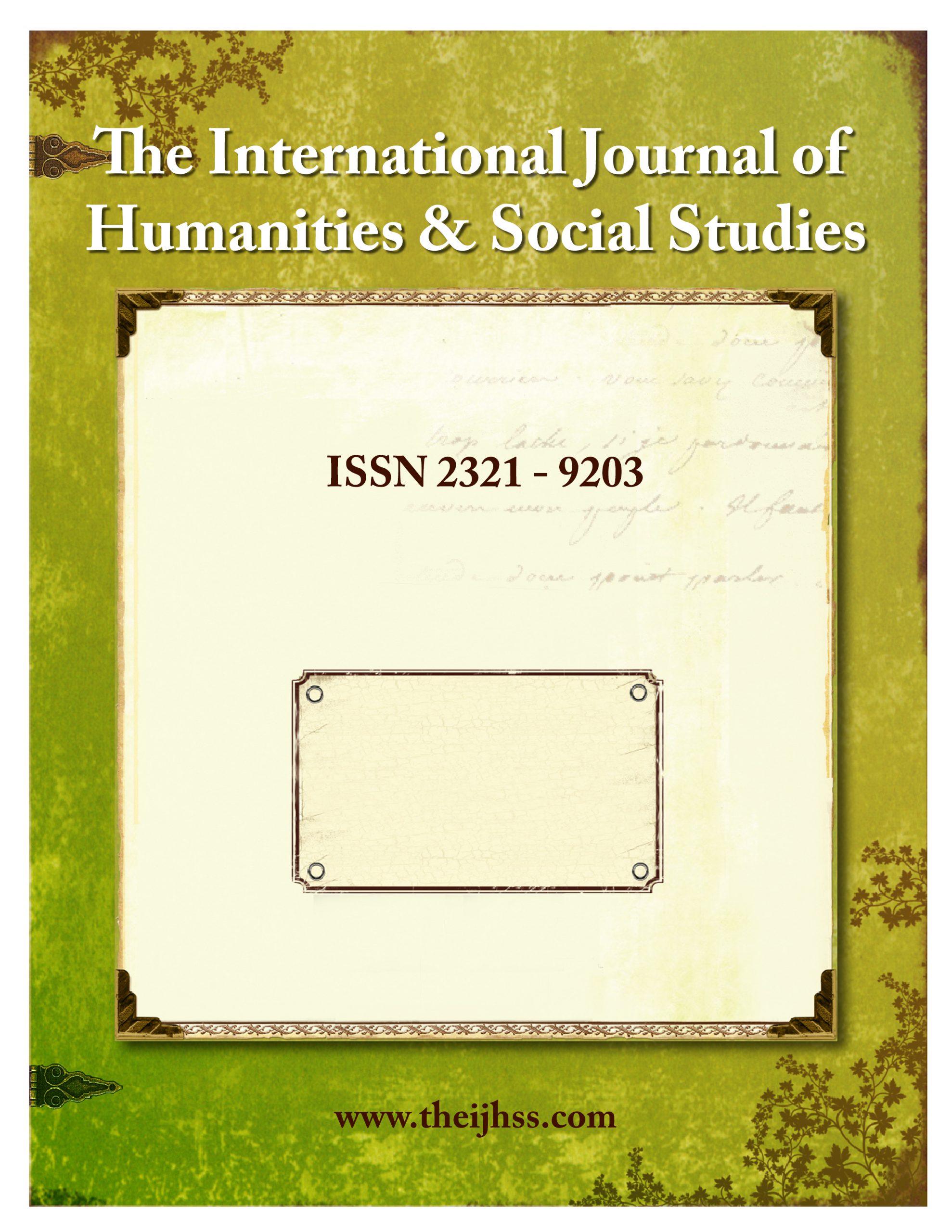As researchers and scientists, we strive towards finding out something unique and innovative everyday. Through our research we want to develop never-before ideas which we think can benefit the world. Even during a medical emergency, we are motivated to work with something which is spectacular or game-changing. Most medical scientists work extremely hard to make path-breaking inventions which continue to save worldly lives even today and in future. Surpassing their academic requirement to answer a journal call for paper, great scientists hear a greater call to perform their incomparable service to humanity. It is therefore necessary to look back at the great inventions and refer to them during a medical scenario. Often materials and findings from great works in past provide a base or backdrop for future research so let’s look at some of the epoch inventions in the field of medical science which have changed the world:
X-Ray Imaging– We cannot imagine medical treatment today without taking an image of internal organs or body parts. Especially, for treatment of injuries x-ray is inevitable, and very commonplace so we do not discuss much about the contributions of its finding.X-rays were accidentally discovered when a German physicist Wilhelm Conrad Röntgen was studying electric currents passing through a gas of extremely low pressure.
He observed that in a darkened room, the cathode ray tube covered with barium platinocyanide caused a fluorescent effect. Since the cathode rays are invisible, he didn’t know what the rays were and named it X-radiation for its unknown nature. He won the first-ever Nobel Prize in Physics in 1901 for his discovery. Initially, people mocked him for his attempt, but his invention became the foundation for modern day diagnosis.
Thermometer – The first home tool that we reach for in case of temperature is a thermometer. This handy tool helps us identify if we have feverish tendencies, only after which we go for blood tests and further diagnosis of a disease. Gabriel Fahrenheit first invented the mercury thermometer in 1714, which is still in usage today. However, the first device used to measure temperature appeared in the 1500s and was created by Galileo.
The device was based on the simple principle that a liquid’s density changes with respect to its temperature. Nevertheless, mercury thermometers are being phased out in favor of the digital thermometer due to the poisonous nature of mercury.
Antibiotics– After the invention of antibiotics, mortality rate has significantly decreased all over the world. This was one of the breakthrough innovations in the field of biology which became a solution to very common diseases, like tuberculosis, pox, measles and other issues which could cause death earlier. But after antibiotics were found, these diseases became common household illnesses with regular remedies like vaccines. People most commonly associate the advent of antibiotics with Alexander Fleming’s discovery of penicillin. His discovery of anti-bacterial property of Penicillium Notatum in 1928 was when antibiotics started gaining mass attention. But, the age of antibiotics began in 1907 with the creation of Salvarsan by Alfred Bertheim and Paul Ehrlich. Today this Salvarsan is known as Arsphenamine. Antibiotics revolutionized medicine; developing on the core concepts to invent a new medicine, can be an interesting subject for research and development and is beneficial to scan through the previous discoveries and researches in this field, if we want to find a new medicine for treating a present-day virus.
Cardiac Pacemaker– Heart is the most important organ of a person’s body. Heart disease earlier proved fatal on the life-span of people. But the milestone invention of a cardiac pacemaker by Australian scientists’ labor, Mark C. Hill and physicist Edgar H. Booth in 1926 promised new life to patients with heart problems. The prototype was a portable set up consisting of two poles, one connected with a salt solution-soaked skin pad and the other to a needle that was inserted into the patient heart chamber.
Despite such a crude design they both successfully brought back to life a stillborn baby. Today the pacemakers are much more sophisticated with an average battery life of 20 years.
Prosthesis and Implants– Prosthesis surgery has enabled physically challenged people, to lead an independent life with artificial limbs and arms. It’s a big breakthrough in the world of medicines which empowered survivors of major accidents or illnesses. The modern bionic prosthesis is made from carbon fiber making it lighter and stronger than metal. The durable artificial limb is intuitive, features, inbuilt myoelectric sensors that enable gripping and holding, may incorporate 3D printed technologies, can connect to a wearer’s mind, and may eventually allow wearers to feel objects again. A subject that was started in the 1980s, flourished over the years of research and new scientific contributions when scientists and academicians re-developed the concept through their papers and patents. Replacement operations also became possible after independent researchers introduced the subject.
Problems have always led the path to solution. When there is a unique disease, there is a pathbreaking innovation in the field of medical science. This has been historically true and will continue to be the same way, when researchers and scientists come forward with innovative ideas which are derived from past references. So, if you have any ground-breaking ideas, publish your research through our journal call for papers.










